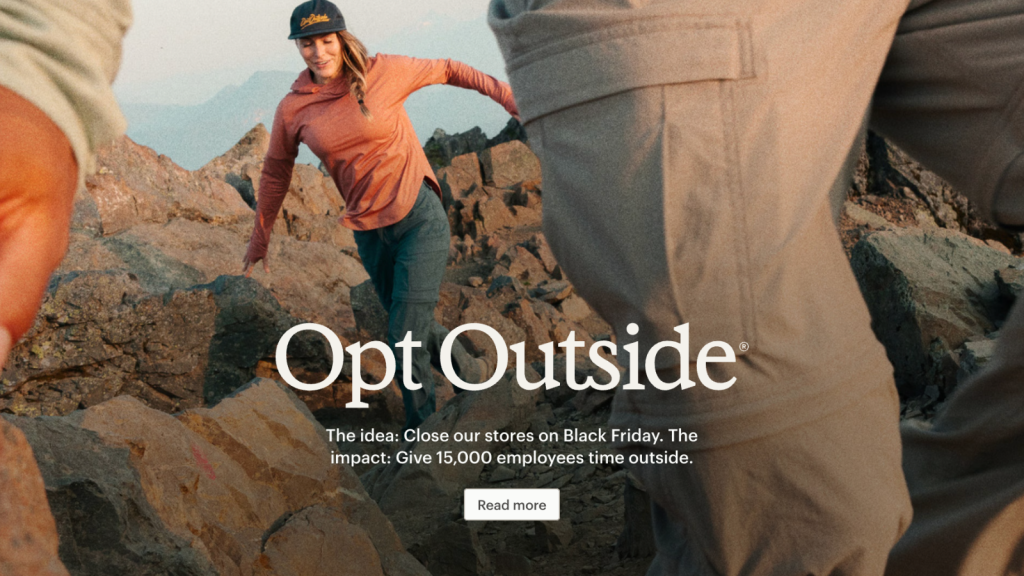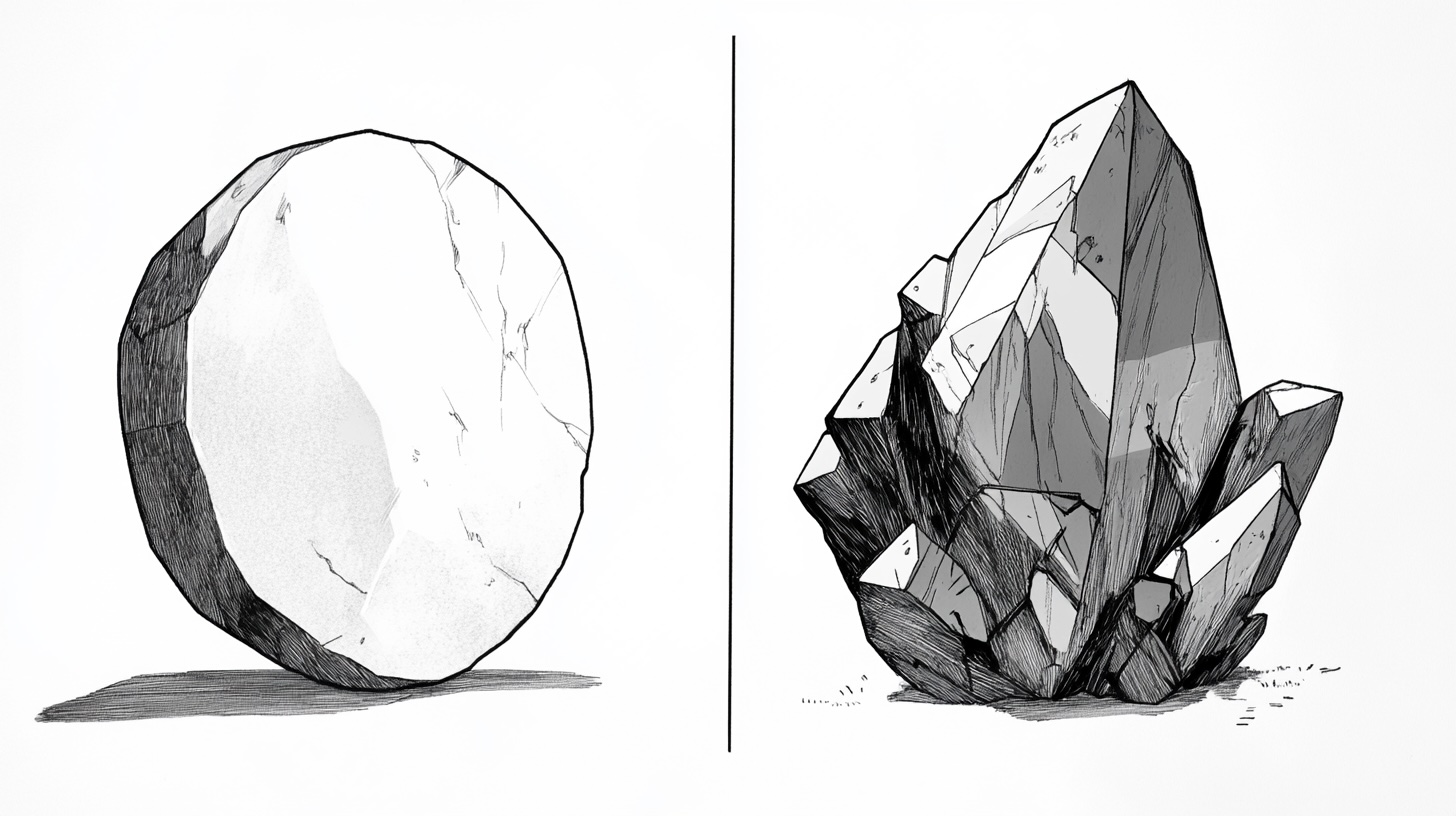Every industry suffers from the Red Ocean dilemma. Competition is stiff to the point where products and services get commodified, forcing companies to reduce prices and profits. In this type of environment its hard to succeed without some competitive edge.
Companies need a way to communicate their unique value. To elevate their offering beyond a commodity. Strong branding helps shift this dynamic.
With a distinctive, well-positioned brand the transaction is no longer just about the product. It’s about the experience, values, and identity that come with it.
One of the most powerful ways brands add value is by setting their products and services apart from the competition. It helps them command higher prices because it creates a unique perception in the customer’s mind. This is called Brand Differentiation.
What is Brand Differentiation?
Brand differentiation refers to the actual distinctive qualities, characteristics, and attributes that set one brand apart from others in the market. It’s the measurable “gap” or unique space a brand occupies in consumers’ minds relative to competitors.
It is also the processes a brand team undertakes to make a product or service stand out by creating a unique identity that resonates with consumers. It’s what separates one brand from another, beyond just features or price.
When brands successfully differentiate, they shift the customer’s focus from cost-based comparisons to value, experience, and emotional connection.
Differentiation can come from various factors, including product quality, innovation, design, customer service, brand story, or cultural relevance.
For example, Tesla differentiates itself in the automotive industry by positioning itself as a technology-driven, futuristic brand focused on sustainability and performance. Similarly, Nike isn’t just an athletic apparel company. It stands for motivation, perseverance, and excellence, reinforced through its powerful branding, storytelling, and endorsement strategy.
Effective brand differentiation creates customer loyalty, reduces price sensitivity, and establishes a competitive advantage. Instead of competing in a race to the bottom on pricing, brands that differentiate can command premium prices and foster deeper connections with their audience. In a world where consumers have endless choices, differentiation is essential for making a lasting impact.
REI’s Opt Outside Campaign
One of the most powerful examples of brand differentiation is REI’s Opt Outside campaign. In 2015, while most retailers were promoting massive Black Friday sales, REI took a bold stand by closing all its stores.
Instead, they gave employees a paid day off, encouraging people to spend the day outdoors instead of shopping. This campaign perfectly aligned with REI’s brand values—promoting outdoor adventure, sustainability, and community over consumerism.

By refusing to participate in the biggest discounted shopping day of the year, REI reinforced its brand identity as an outdoor company that genuinely cares about nature and its customers’ experiences.
It also protected its brand value by refusing to engage in the discount-driven frenzy of Black Friday. While most retailers slashed prices to compete, REI flipped the script, positioning itself as a brand that prioritizes outdoor experiences over consumerism.
By doing so, REI avoided the common pitfall of brand devaluation through excessive discounting. Instead of training consumers to expect markdowns, it strengthened its premium positioning and deepened customer loyalty.
The campaign generated massive earned media attention, strengthened brand loyalty, and attracted like-minded consumers who valued experiences over discounts. More than just a marketing stunt, #OptOutside became an ongoing movement that prevails today, proving that differentiation isn’t just about product features—it’s about building an emotional connection with customers through authentic, value-driven branding.
Brands Change the Way We Think About Products
Branding does more than create recognition. It shapes how we experience products. A well-known study on the Coke vs. Pepsi debate highlights this effect.
In the early 2000s, researchers used brain scans to analyze how people reacted to Coke and Pepsi under two conditions. First, they ran a blind taste test where participants didn’t know which brand they were drinking. Then, they conducted a brand-cued test where participants saw the brand before tasting.
The results were striking. When people drank blindly, preferences were nearly split. Brain activity showed activation in areas linked to pleasure and taste, reflecting unbiased decision-making. However, when branding was introduced, the Coke label alone shifted consumer preference—even when the drink in both cups was identical. Seeing the Coca-Cola brand triggered brain activity in a different part of the brain. In areas tied to memory, emotion, and decision-making. Suggesting that when brands are introduced it physically changes the way we think.
This study also shows that brands shape perception beyond the product itself. A strong brand can override pure sensory experience. It makes a product feel more desirable, valuable, or enjoyable simply by association.
Conclusion
In a competitive marketplace, price wars can be a losing battle. Brands that fail to differentiate risk becoming commodities, forced to lower prices and erode profits just to stay relevant. However, companies that establish a clear, unique identity create lasting value beyond their products.
Brand differentiation allows businesses to command higher prices, foster emotional connections, and build long-term loyalty. Whether through innovation, storytelling, or bold brand positioning, differentiation shifts the conversation from cost to experience, identity, and values. REI’s Opt Outside campaign and the Coke vs. Pepsi study illustrate how strong branding can reshape consumer behavior, reinforcing that people don’t just buy products—they buy into brands. In a world overflowing with choices, standing apart isn’t just an advantage—it’s a necessity.
